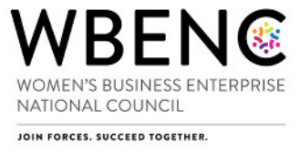What in the world is Low-E? A window is a window, right?
Remember, you’re talking to people who live and breathe windows. Back in the “good ol’ days” a window was just a hole cut in the side of the house, or filled with the luxurious hand-blown glass pane that was often blurry or warped. As technology has changed over the years, windows have improved and evolved as well! Low-E, or low-emissivity glass is one of our favorite glass types because it is so helpful and actually saves you some valuable dollar in the long run!
So, what does “emissivity” even mean?
The emissivity of an object is the amount of heat that emits from it. For example, a standard pane of glass has an emissivity of .84. This means that 84% of heat will absorb into or through this glass. Low-E glass varies by type but is always less than .1 emissivity.
Is Low-Emissivity a good thing?
As you can probably guess, heat absorbing through glass can cause a whole lot of problems. Not only can UV rays damage your furniture and cause unwanted heat inside your homes, but normal glass also allows your (hard earned) energy to escape! Since most energy loss occurs in window glass, it is vital that you choose a glass with the lowest emissivity possible. Your budget will thank you! Low-E glass has a coating that is thinner than a human hair and completely transparent! The goal of Low-E glass is to allow that gorgeous natural light in, while reducing the amount of infrared and ultraviolet light that enters. Not only does Low-E glass keep unhelpful light out, but it also keeps your interior temperatures from escaping.
Are there different types of Low-E Glass?
There are two different types of Low-E glass, Passive Low-E Coatings and Solar Control Low-E Coatings. Passive Low-E, also known as “hard-coat” is carefully created to allow natural light through the window as well as a little warming infrared energy from the sun, while making sure that interior heat stays inside. This type of glass is perfect for a cooler climate because it keeps your home nice and warm during the winter. Solar Control Low-E or “soft-coat” does allow natural light but effectively keeps most infrared energy, UV rays, and heat from entering your home through the glass panes. This option is perfect for a warmer climate or a climate that has many changing temperatures because it is more versatile.
Why do I need Low-E in my home/building?
When we see windows, we see more than just a pane of glass. Windows are the guardians of a home’s energy. They can either allow negative rays in and lose the interior energy, or they can protect your home’s temperature and keep it balanced and comfortable. As you make the decision of which windows to install in your home, be sure to ask the right questions and know all the facts, so you won’t have to face unnecessary issues in the days to come.





